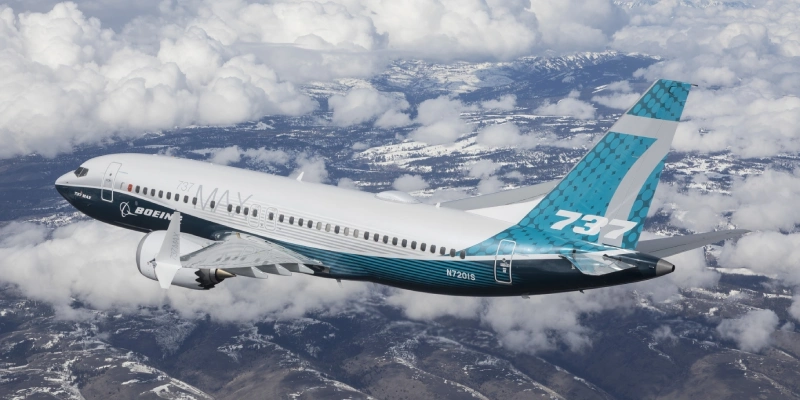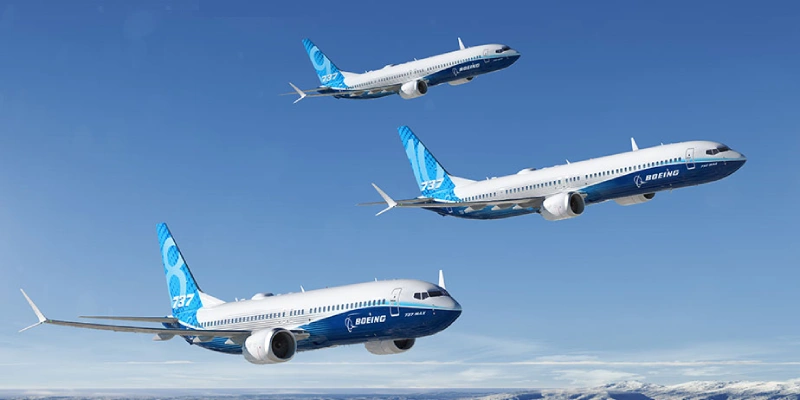The International Air Transport Association (IATA), together with the consultancy Oliver Wyman, presented the study Reviving the Commercial Aircraft Supply Chain, which analyzes the bottlenecks currently affecting the aerospace supply chain. The report details the causes, the financial impact, and the measures the industry can adopt to regain stability.
A Historic Aircraft Production Bottleneck
Shortages of components, labor issues, and geopolitical tensions are slowing the pace of production for new aircraft. As a consequence, airlines are being forced to extend the service life of their current fleets.
The global commercial order book reached a record high of over 17,000 aircraft in 2024, compared to the annual average of 13,000 units between 2010 and 2019.
This scenario is forcing companies to reassess their renewal and expansion plans, while manufacturers face difficulties in meeting delivery schedules.
An Economic Impact Exceeding $11 Billion
The slow production pace will incur a cost of over $11 billion in 2025, distributed across four main areas:
- Fuel Overcosts ($4.2 billion USD): Airlines continue operating less efficient aircraft due to delivery delays.
- Additional Maintenance ($3.1 billion USD): Aging fleets require more frequent and costly inspections.
- Increased Engine Leasing ($2.6 billion USD): Engines remain out of service for longer periods, forcing the leasing of more units. Leasing rates have increased by 20% to 30% since 2019.
- Excess Inventory ($1.4 billion USD): To avoid disruptions, airlines are stockpiling spare parts, increasing storage costs.
→ Passenger Demand Grows 4.6% in August with Record Load Factor, According to IATA
Demand Grows Faster Than Capacity
While manufacturers struggle to deliver new aircraft, passenger demand continues to grow. In 2024, global traffic increased by 10.4%, surpassing capacity expansion of 8.7% and pushing the load factor to a record high of 83.5%.
The upward trend will continue in 2025, according to IATA, putting further pressure on an industry already operating at its capacity limit.
Roots of the Problem
The report identifies several factors behind the current imbalance:
- An industry business model not suited to the new context.
- Geopolitical instability affecting the flow of materials and logistics.
- Shortages of critical raw materials.
- A constrained labor market, with a deficit of specialized technicians and maintenance personnel.
What IATA Proposes to Alleviate the Crisis
IATA’s Director General, Willie Walsh, warned that airlines depend on a reliable supply chain to grow efficiently, but currently face “unprecedented waits to receive aircraft, engines, and parts.”
Walsh emphasized that while there is no single solution, there are steps that can offer relief:
1. Opening the Aftermarket: Allow Maintenance, Repair, and Overhaul (MRO) operations to depend less on business models controlled by manufacturers, facilitating access to alternative sources of materials and services.
2. Greater Supply Chain Transparency: Create comprehensive visibility among suppliers to detect risks early, reduce bottlenecks, and optimize management with more accurate data and tools.
3. Leveraging the Value of Data: Promote the use of predictive maintenance, shared platforms, and parts pooling to reduce inventories and downtime.
4. Expanding Repair and Manufacturing Capacity: Accelerate the approval of repairs, encourage the use of Used Serviceable Materials (USM), and adopt advanced manufacturing technologies to alleviate production pressure.
Collaboration: The Key to the Future
The study emphasizes that no single company can solve the supply chain challenges alone. The solution lies in a joint strategy between manufacturers, suppliers, lessors, and airlines.
“We see an opportunity to improve the performance of the entire chain and benefit all players,” said Matthew Poitras, a partner at Oliver Wyman. “But this requires collective steps towards greater transparency and talent management.”
Related Topics
Boeing Requests Emissions Exemption from FAA to Sell 35 777F Jets
FAA to Evaluate New Cockpit Alert System for Boeing 737 MAX 10: A Key Step Toward Certification
Southwest Airlines Expects Boeing 737 MAX 7 Certification by August 2026
Airbus Admits Boeing Likely to Win Order Race This Year

Plataforma Informativa de Aviación Comercial con 13 años de trayectoria.




